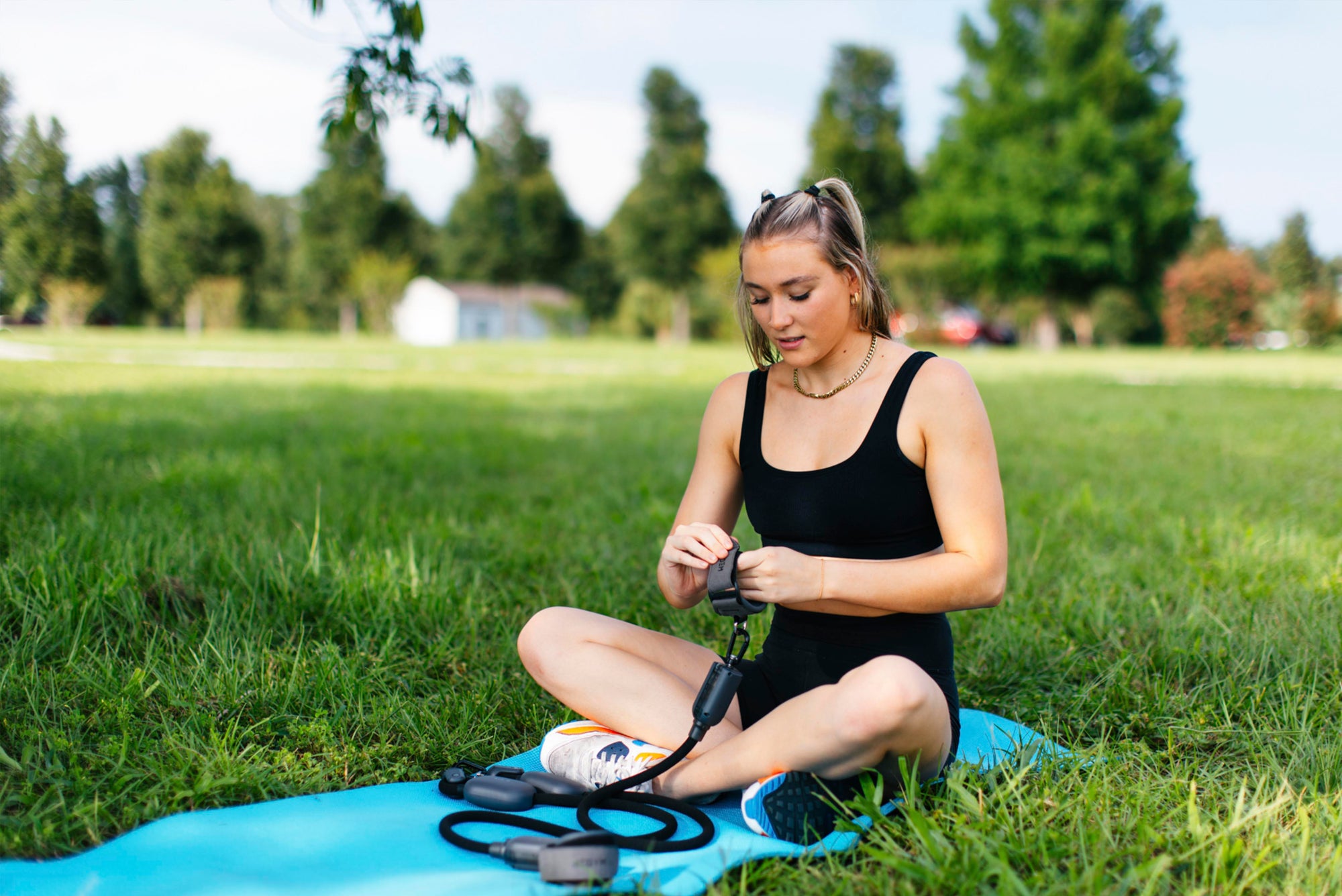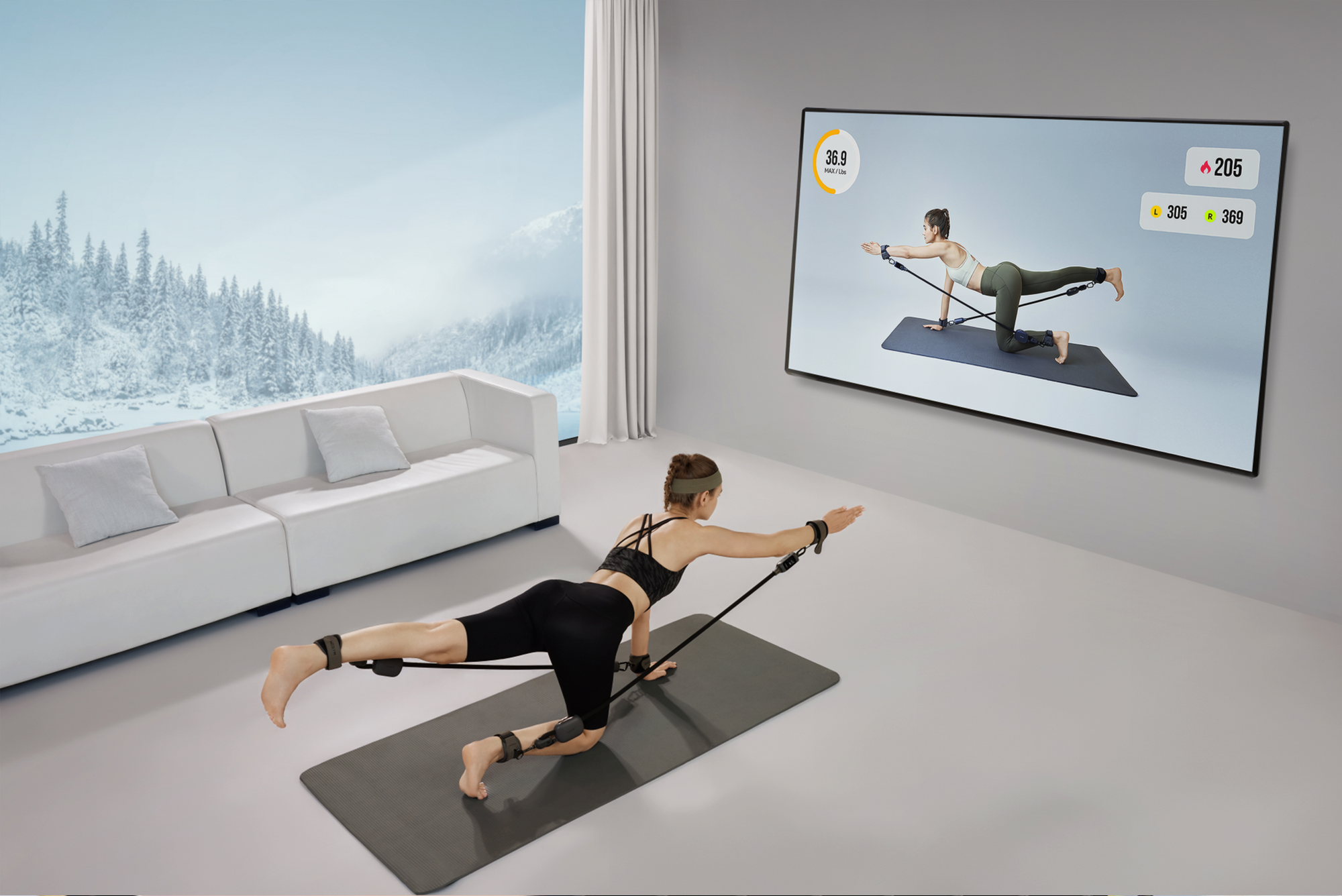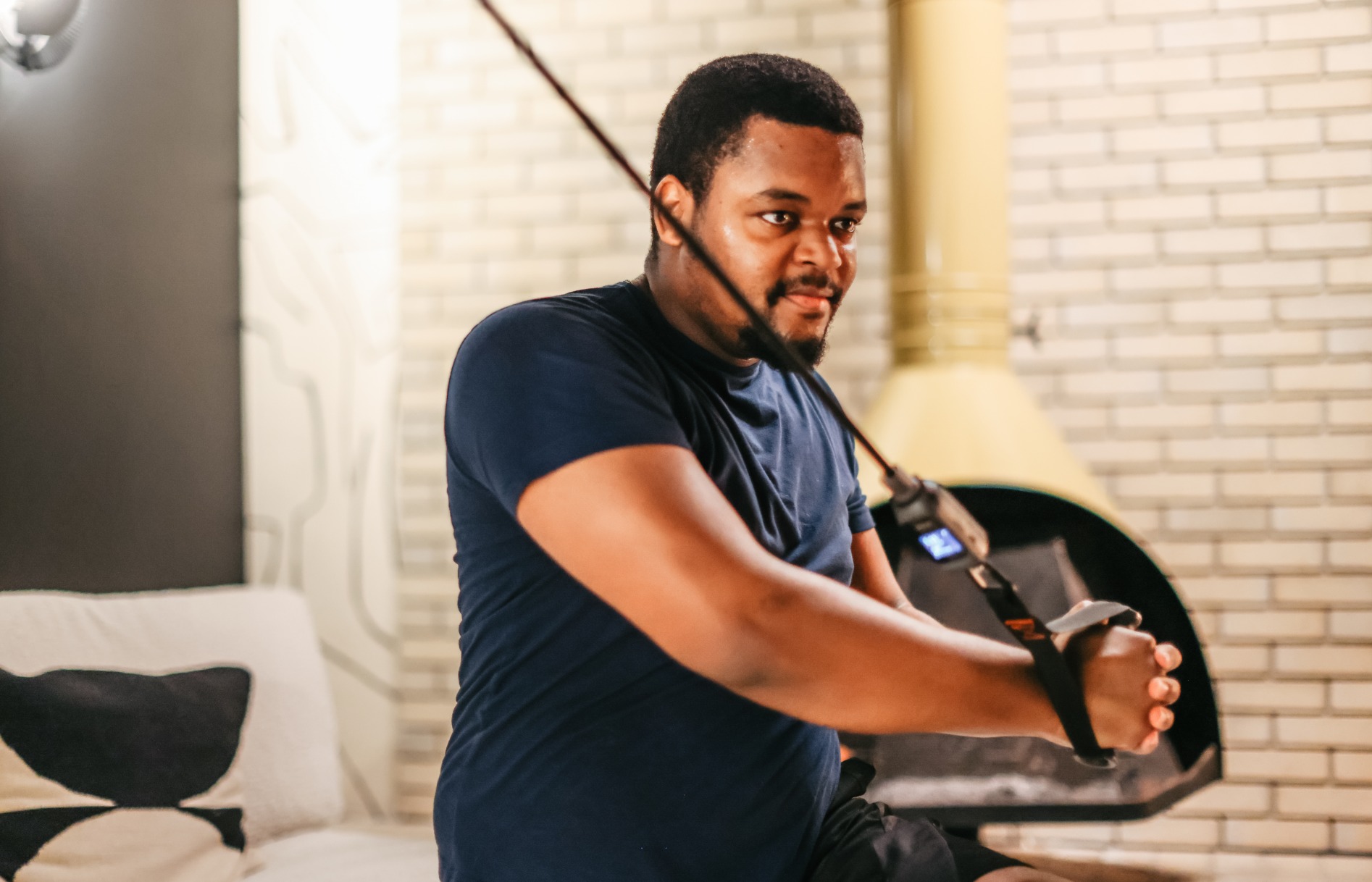Navigation
- Advantages of Resistance Band Training
- Resistance Band Posterior Neck Muscle Group Training
- Resistance Band Back Exercise
- Resistance Band Lower Body Stability Exercises
- Resistance Band Back Stirrups
- Resistance Band Crab Walk
- Resistance Band Medial Quadriceps Head
- Powerlifting and Plyometric Exercises With Resistance Bands
- Conclusion
Advantages of Resistance Band Training
Before into the innovative exercises, it is essential to understand the unique advantages offered by resistance bands. Resistance bands provide a consistent range of motion, enhancing muscle activation and promoting muscle growth. They are lightweight and portable, making them suitable for both home and gym workouts. Moreover, resistance bands have a wide range of movements, targeting all major muscle groups.
Resistance Band Posterior Neck Muscle Group Training
For those who suffer from anterior neck exploration and cervical spine discomfort, try this movement. When doing this, you can first feel the cervical spine moving from front to back, grip the resistance band to a length as wide as your shoulders and place it backward above your head, tug the resistance band with your hand appropriately, and do the backward neck extension movement.

Resistance Band Back Exercise
This movement opens the shoulders and increases the strength of the trapezius and rhomboids in the back. The resistance band can be fixed at a position about the same height as the scapulae in the back (either single or double). After adjusting the resistance band, do a scapular retraction to feel the scapulae drive the arms, like spreading wings. This can be repeated ten times for two or three sets.
Resistance Band Lower Body Stability Exercises
This movement increases unilateral lower limb control and stimulates the medial head of the quadriceps. It can be done with the band secured to your right side, a balance mat in front of you, and a lunge stance with the left leg in front, keeping the torso relatively upright and the body weight on the mid-vertical line of the front thigh. Move forward or upward in the plane opposite the midline of the torso. Ensure that the ankle, knee, and hip remain neutral throughout. This can be repeated six times for three sets.
Resistance Band Back Stirrups
This movement increases gluteus maximus control and is useful for gluteus maximus activation during running.
Fix the resistance band to the height of the lower abdomen, step on the resistance band with the front foot, and do a hip power backward planking movement to feel the glutes engage, ensuring the hips, knees, and ankles are in one plane throughout the process. It can be repeated ten times for three sets.
Resistance Band Crab Walk
This movement increases hip abductor control and reduces inward knee buckling while increasing lateral movement control. To do this, place a resistance band around your hips and place it in figure eight in front of you at the ankles, moving laterally, making sure to adjust the angle of hip flexion and the plumb line of body weight between the ankles as you do so. As you move sideways, the hips drive the outside of the knees, ankles, and hips into the force. You can try 20 steps for two round trips.
Resistance Band Medial Quadriceps Head
This is a terminal angle knee control exercise that also activates the medial head of the quadriceps. It can be done with the resistance band fixed at popliteal height for end-angle knee control and contraction of the medial quadriceps head. It can be repeated ten times for three sets.
Powerlifting and Plyometric Exercises With Resistance Bands
Resistance bands can also be integrated into powerlifting and plyometric training routines to increase the intensity and provide new challenges. Powerlifters can use resistance bands to add accommodating resistance to squats, bench presses, and deadlift exercises. This additional resistance strengthens muscles throughout the entire range of motion, increasing power and explosiveness.
Plyometric exercises, such as resistance band jumps and lateral shuffles with resistance bands, can improve agility, speed, and explosive power. Resistance bands provide an additional challenge by increasing resistance during dynamic movements.

Conclusion
Incorporating resistance bands into your strength training routine opens up a world of innovation and fresh challenges. With their versatility and ability to engage muscles effectively, resistance bands offer numerous benefits and can be used for full-body workouts. Resistance bands provide endless possibilities for individuals of all fitness levels, from targeting specific muscle groups to enhancing powerlifting and plyometric exercises. Start revolutionizing your training regimen today!



